NASA Skylab Computer Program Section
NASA Skylab Computer Program Section
5.0 / 5.0
(2) 2 total reviews
Matter Subscriber Price:
Couldn't load pickup availability
- Preservation Frame
- Certificate of Authenticity
- Research Card
This section of data tape contains the automated commands for the X-ray spectrographic telescope on Skylab. With this program, NASA ground control was able to guide its operations, data collection, and alignment for solar observation.
About Skylab
Skylab, the United States’ first space station, represents a landmark achievement in the history of space exploration and scientific research. Launched by NASA in May 1973, Skylab was a pioneering platform for studying the effects of prolonged spaceflight on humans.
Some of the project’s most significant contributions were in the field of solar physics. Equipped with the Apollo Telescope Mount (ATM), which included the S-054 X-Ray Spectrographic Telescope, Skylab enabled unprecedented observations of the Sun. This telescope was a critical tool for studying the solar corona and solar flares in the X-ray spectrum. The data collected provided invaluable insights into solar physics, particularly in understanding coronal mass ejections and solar energy output, fundamentally advancing our knowledge of stellar phenomena.
This data tape contains the automated commands for the X-ray spectrographic telescope, guiding its operations, data collection, and alignment for solar observation, which could be relayed to the space station’s computers remotely from ground control.
Skylab’s onboard computer systems were a technological marvel of their time. IBM meticulously designed them to fully automate most of the space station’s functions, including environmental control, scientific experiment management, and data handling. They were integral in processing the vast amount of data collected by the experiments, particularly from the X-ray telescope which captured over 30,000 images.
Following three successful missions, Skylab was de-orbited in 1979. NASA had hoped for a controlled descent into the ocean, but increased solar activity and Skylab’s lack of a propulsion system presented a challenge when determining its re-entry trajectory. This led to widespread international attention and contingency planning. Fortunately, when Skylab did re-enter the Earth’s atmosphere, its debris fell primarily in sparsely populated areas of Western Australia, causing no injuries or significant damage. This event highlighted the need for better end- of-life planning for space structures, influencing future international space law and orbital debris management policies.
The scientific importance of Skylab cannot be overstated. It laid the groundwork for long-duration human spaceflight, significantly contributing to the development of the International Space Station. Its observations and experiments have had a lasting impact on space science, particularly in areas like solar physics, space medicine, and Earth observations. The X-ray telescope has been described as “the most successful instrument on Skylab.” This fragment of the Skylab mission represents a major milestone in humanity’s legacy of space exploration.
 Matter Item #334
Matter Item #334
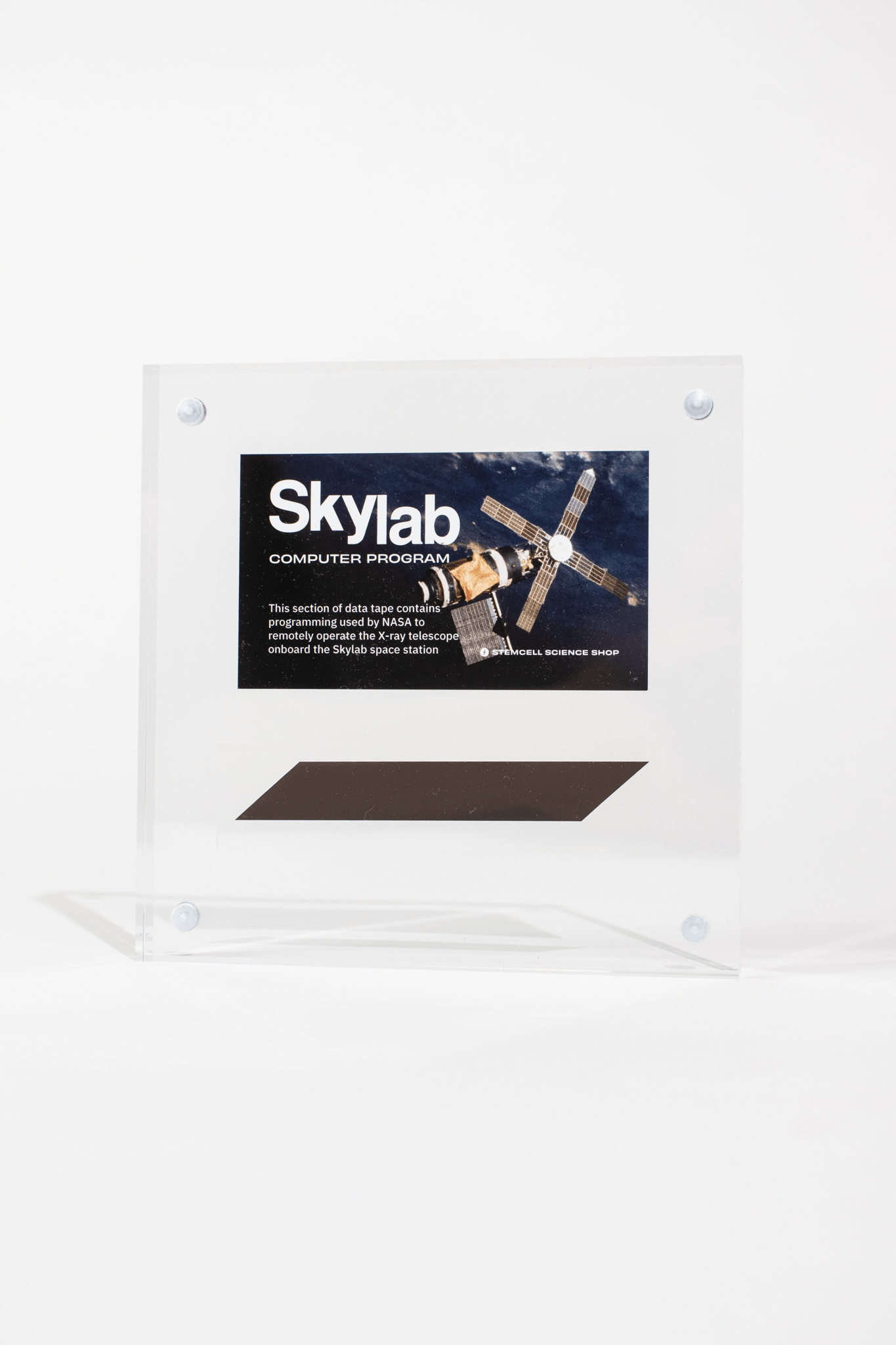
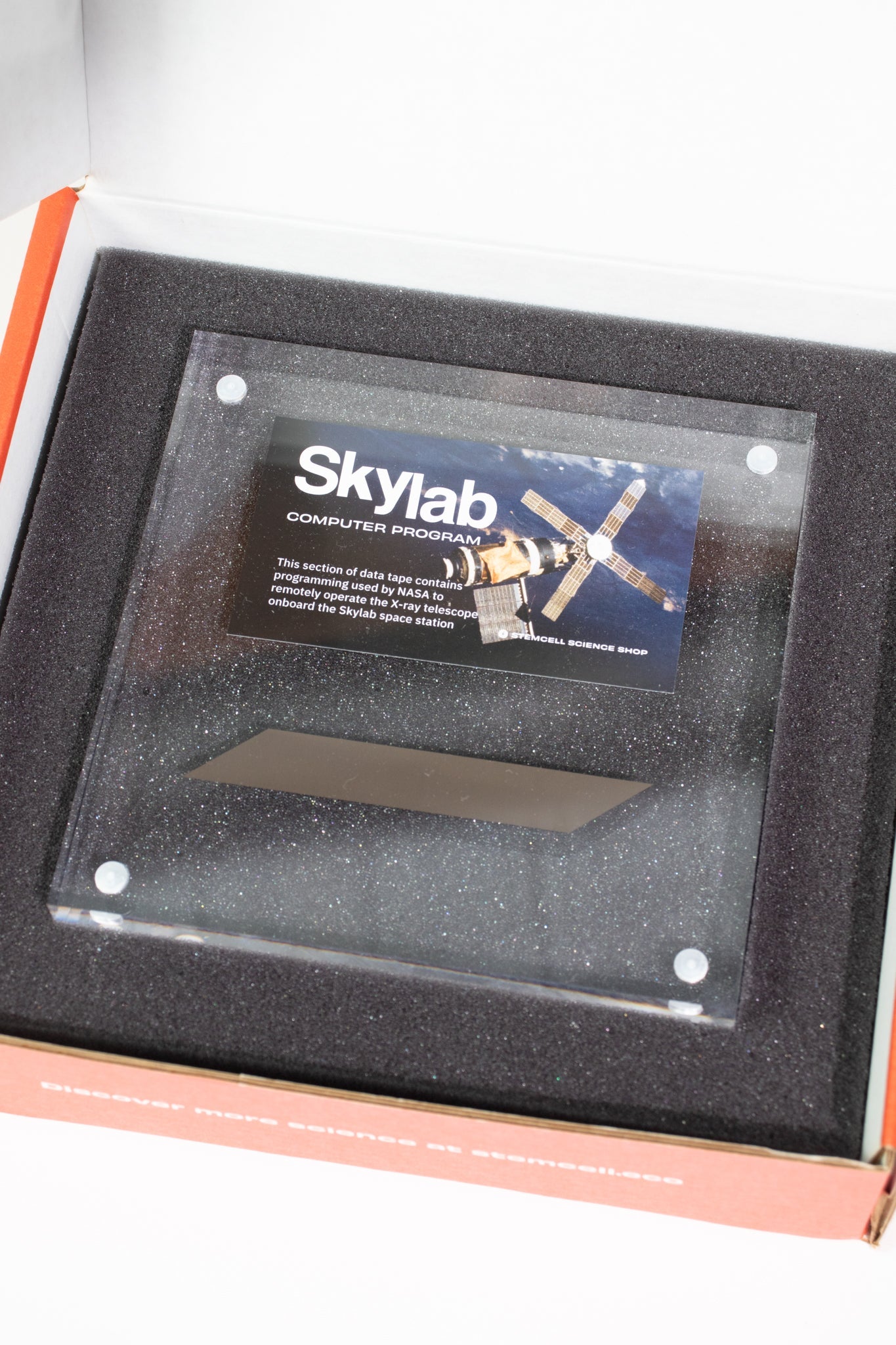
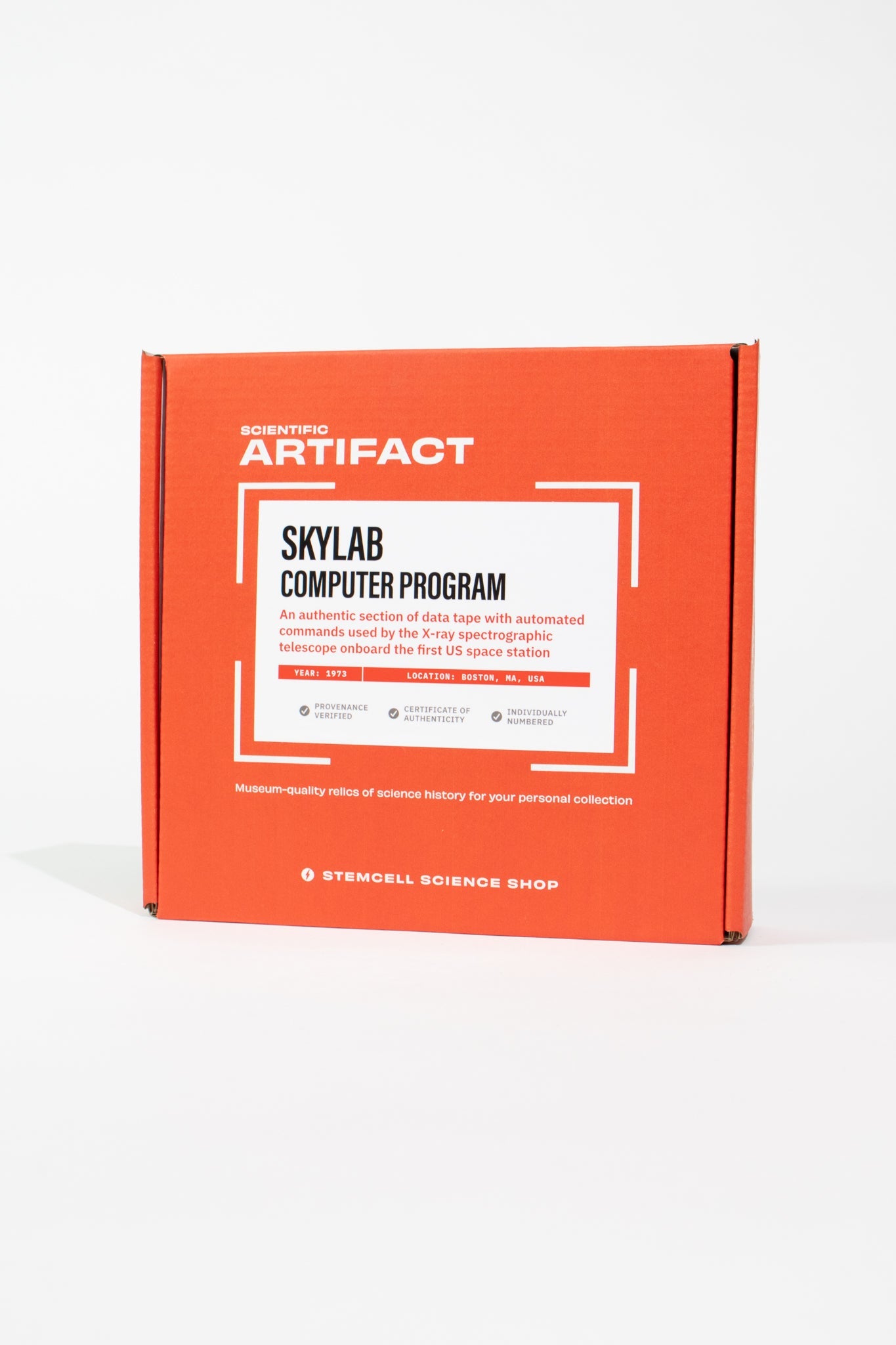
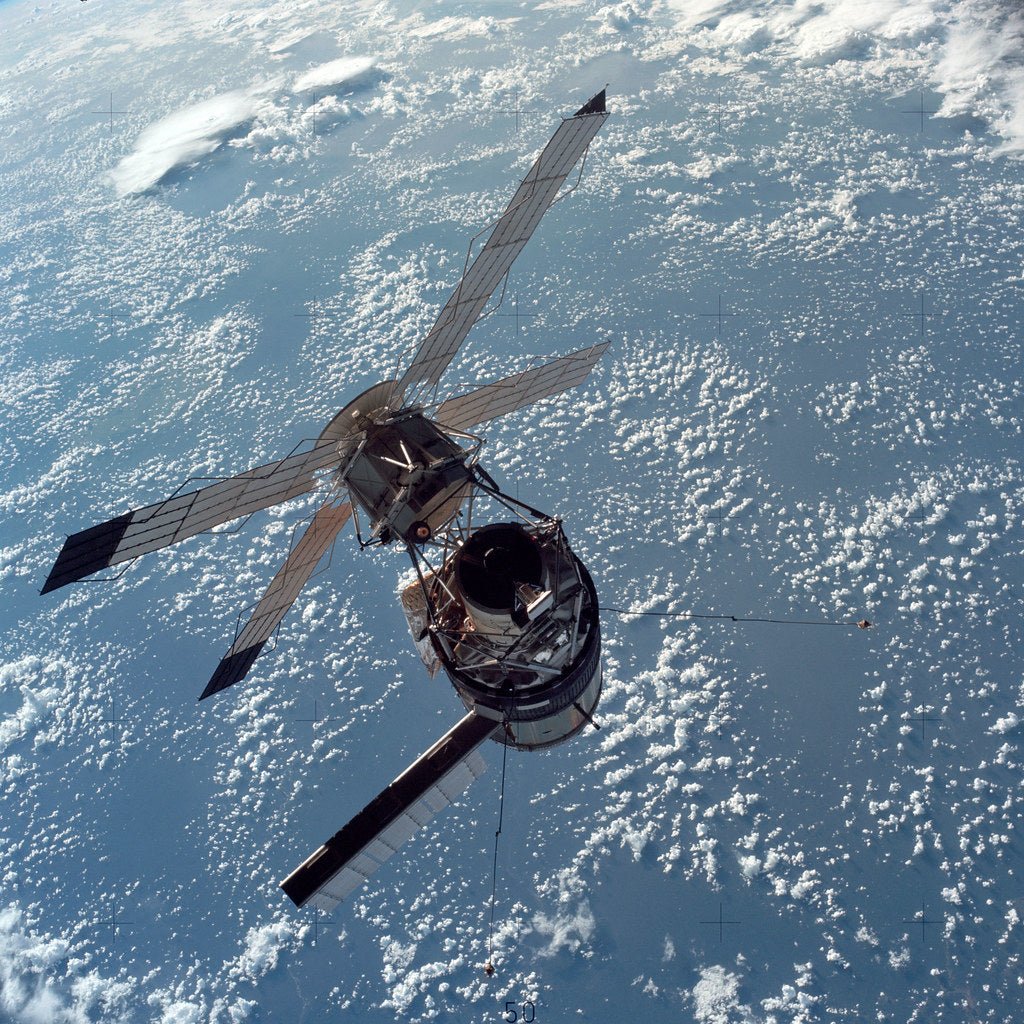
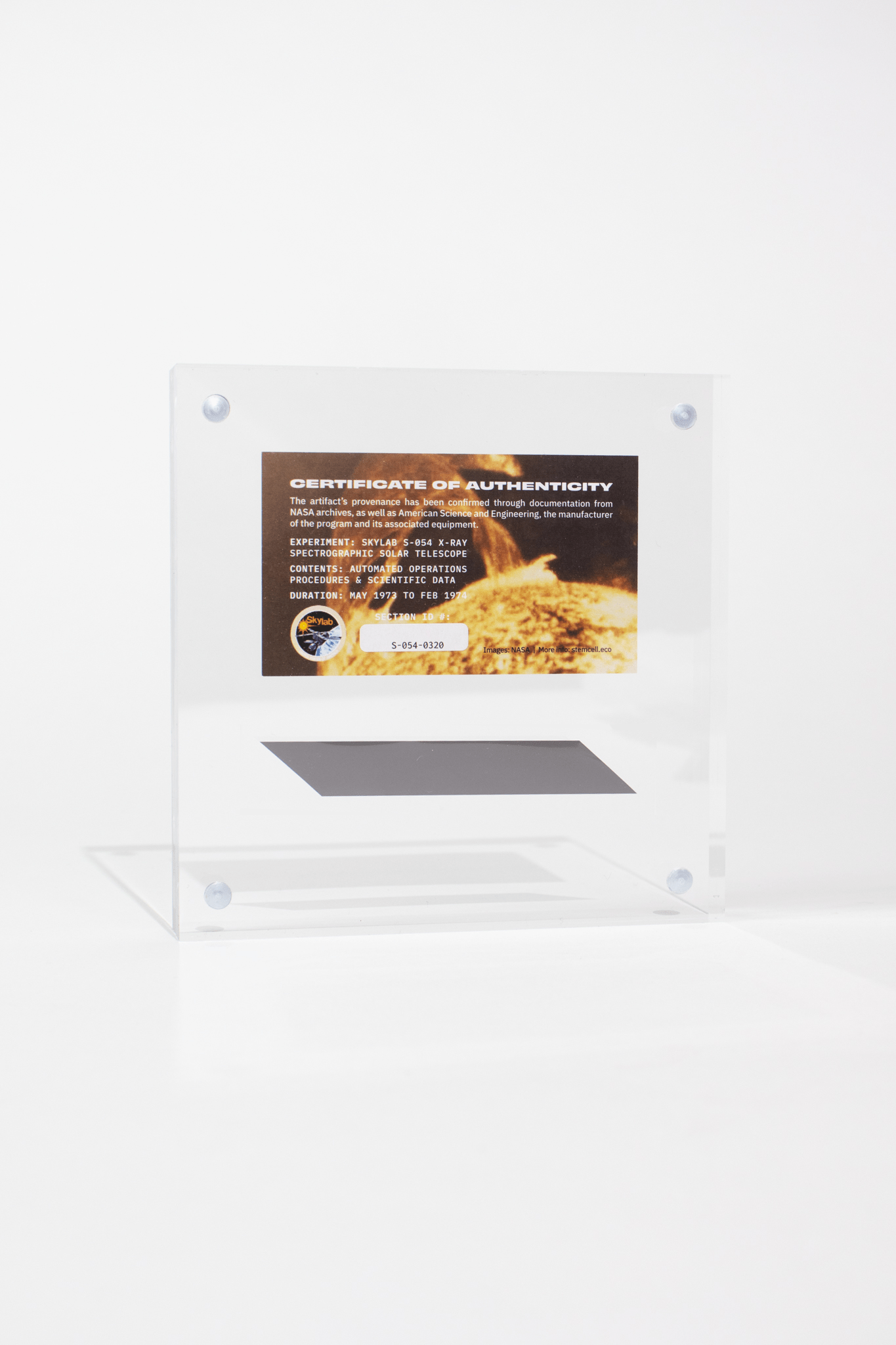
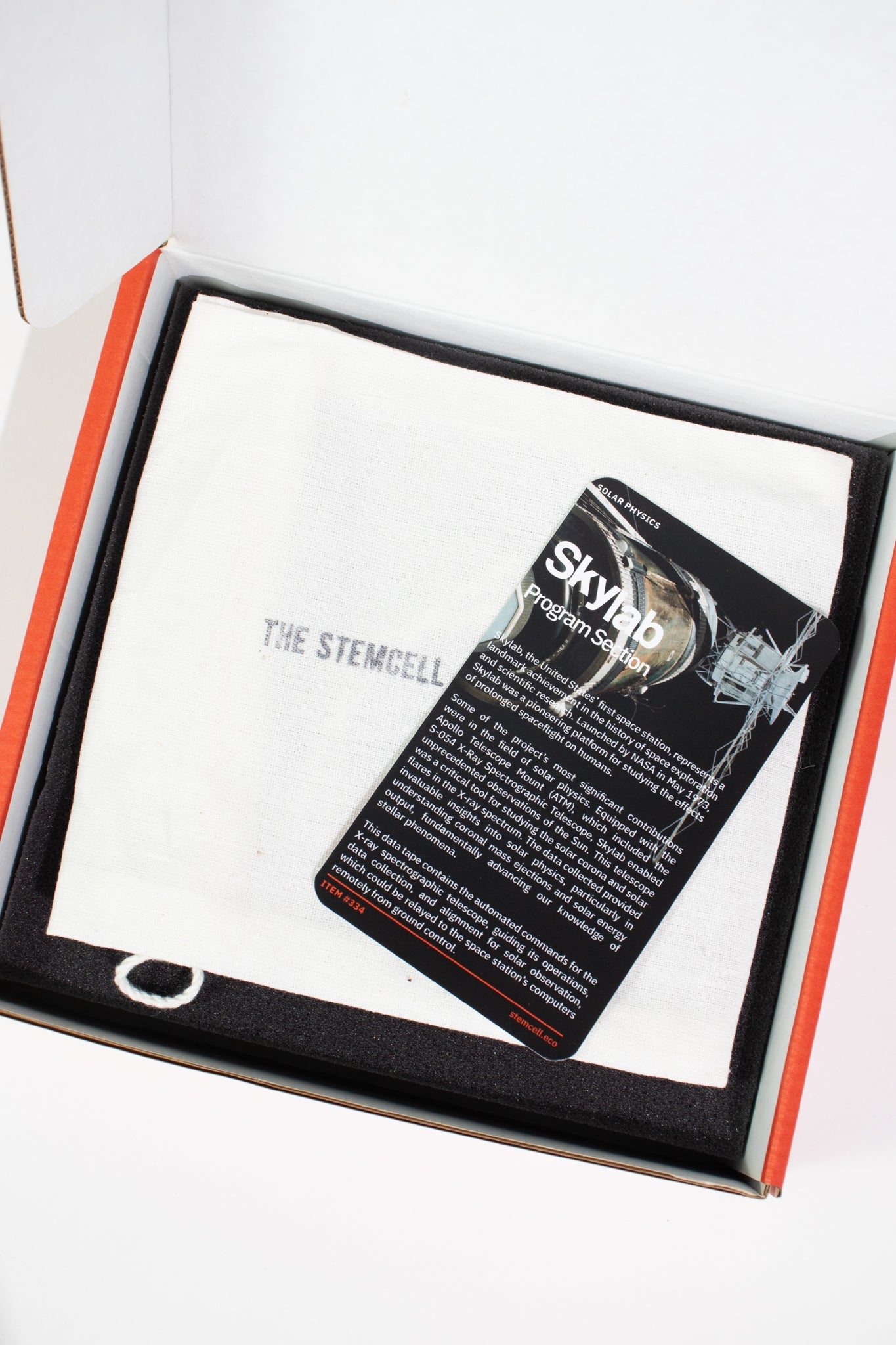
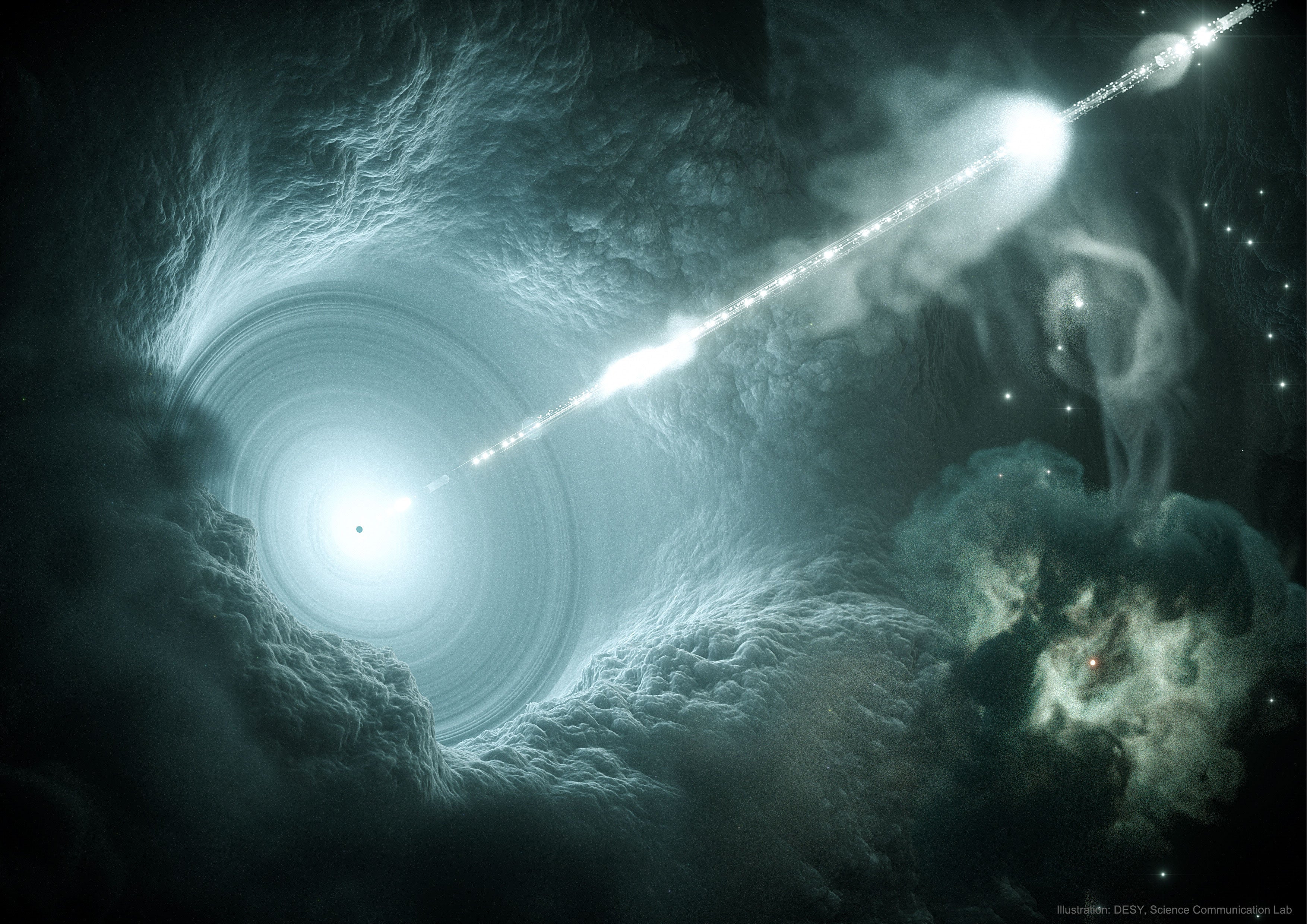
AUTHENTICITY GUARANTEED
We only list 100% verified authentic items. We work with reputable collectors, and regularly consult with our network of scientists and experts.
-
Free Shipping
Spend $50 to qualify for free US shipping
-
Secure Payments
Pay how you like: Credit card, PayPal, After Pay, Shop Pay, Venmo, Apple/Google/Meta Pay & crypto
-
Simple Returns
Change your mind? No problem. Enjoy easy returns within 30 days.
WE TAKE SCIENCE SERIOUSLY
You deserve better than craft store science products. And we think learning is more impactful when you're holding a tangible piece of what you're learning about. That's why Stemcell exists.
We're dedicated to providing the best scientific products available—whether they're fragments of scientific importance, experimental activities, or just interesting things that scratch your curiosity itch.
With every new product launch, our list of new ideas gets longer rather than shorter. So check in often for our latest projects, and thanks for being a part of our endeavor to make the world a smarter place to live.
Believe in yourself; for everything else, there's science.
— TERRY MUDGE, FOUNDER & SCIENTIFIC DIRECTOR





